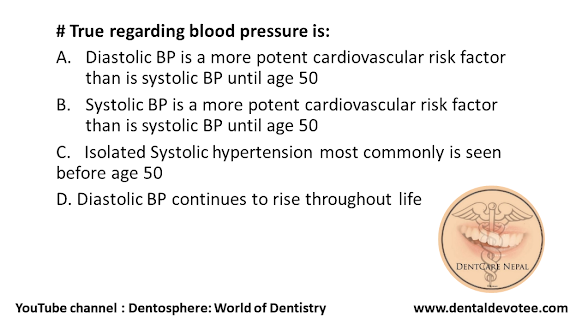Tonsillitis
Inflammation of palatine tonsils is called tonsillitis. Each tonsil is a mass of lymphoid tissue at the back of your throat-one on each side.
What is the role of tonsils in our body?
It provides local immunity and surveillance to our body to fight against foreign intruders.
Tonsils are most active from 4 to 10 years of age. After puberty, gradual involution of the tonsils takes place..
Types:
1.Acute tonsillitis
2.Chronic tonsillitis
Etiology:
- Most common in school going children but may affect adult. Viruses are the most common offenders in tonsillitis.
1.Adenovirus
2.Influenza virus
3.Parainfluenza virus
4.Herpes simplex virus (HSV)
- Hemolytic streptococcus is a common bacteria causing tonsillitis. Other bacteria causing tonsillitis are:
1.Staphylococci
2.Pneumococci
3.Haemophilus Influenzae
What are the symptoms of Acute tonsillitis?
The most common symptoms of tonsillitis are:
1. Enlarged, red tonsils
2. Sore throat
3. Not able to swallow due to which drooling may occur
4. Fever
5. Ear pain
6. Abdominal pain in children
7. Headaches
8. General body aches
9. Constipation
Diagnosis:
The doctor will do physical examination and look at your tonsils for signs of inflammation. A throat swab will be taken for culture. Growth of bacterial colony indicates bacterial tonsillitis. No growth will give a inference of viral disease.
Complications:
Complications will arise if the treatment is not provided or not adequate.
1.Collection of pus around tonsil (Peritonsillar abscess)
2. Infection may spread into surrounding tissues
3. Parapharyngeal abscess
4. Obstructive sleep apnea
5. Rheumatic fever if the causative agent is Group A beta-hemolytic streptococcus.
6. Glomerulonephritis
Treatment
1. Medical treatment
Antibiotics will be given if the culture shows growth of bacteria. Penicillin is the drug of choice. In patients with penicillin allergy, erythromycin can be given. If the cause is a virus then there is no role of antibiotics. With adequate bed rest and plenty of fluids body will recover on its own. Sometimes, your doctor may prescribe antibiotics in viral tonsillitis to prevent secondary bacterial infection. Paracetamol is given for fever and relief of pain. Prepare salt water solution at home and gargle the solution and spit it out.
2.Surgery
Removal of the tonsils (tonsillectomy) is required if there is recurrent tonsillitis. Recurrent tonsillitis is defined as;
- Seven or more episodes of tonsillitis in one year
- Five episodes per year for two consecutive year
- Three episodes per year for three consecutive year





